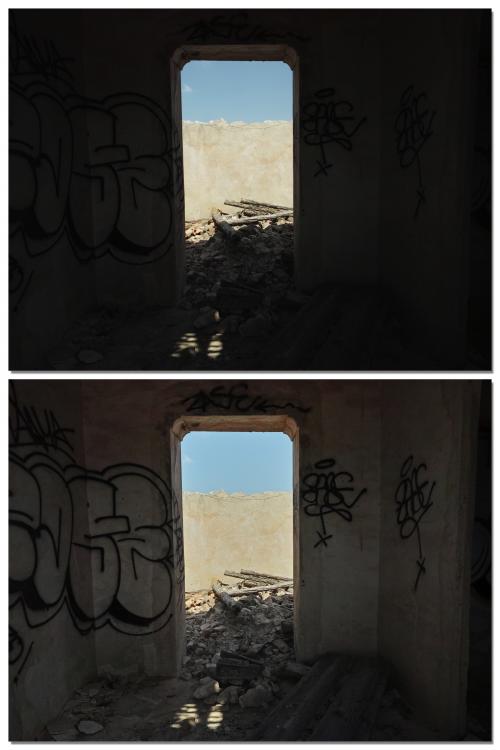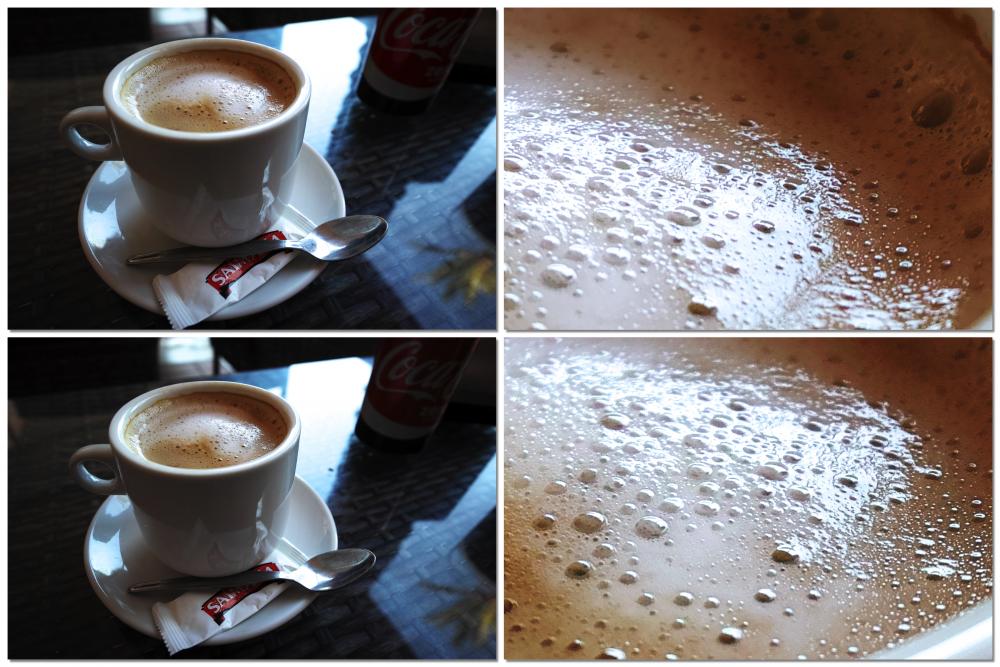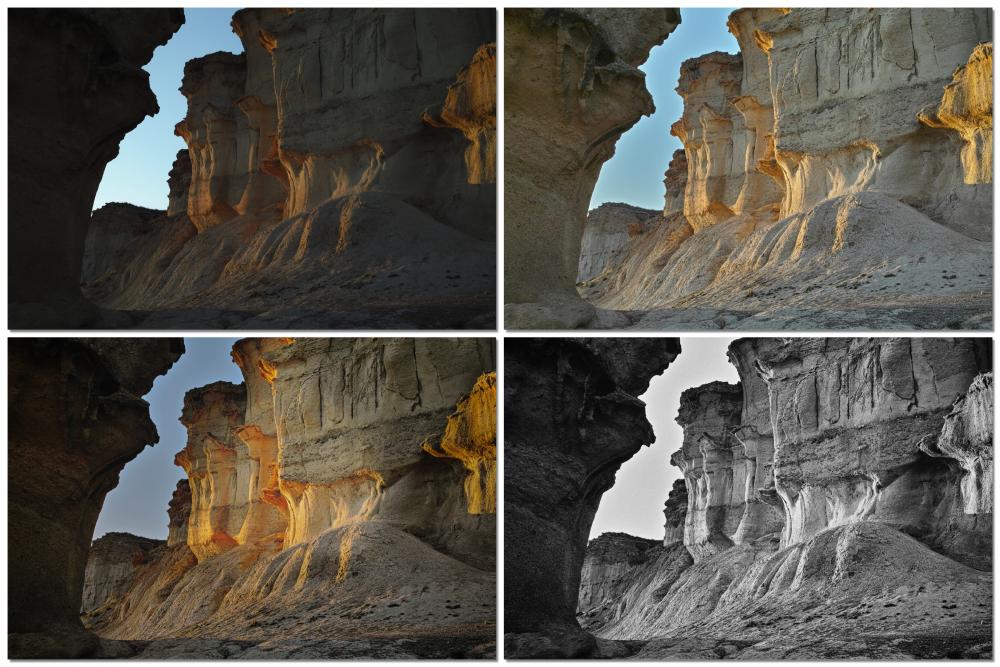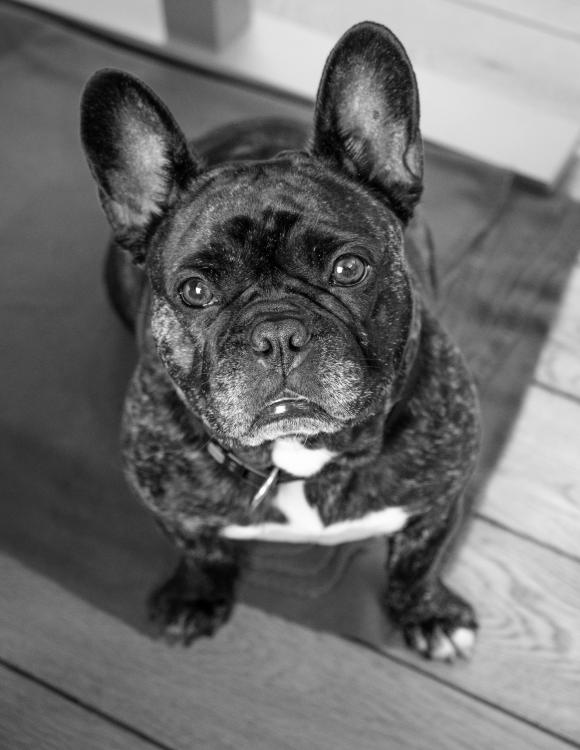Leaderboard
Popular Content
Showing content with the highest reputation on 08/18/2017 in all areas
-
There is a 10 page argument about it (without a single photograph) here if you've got the patience for it. https://***URL removed***/forums/thread/3650127 Meanwhile.... I took a couple of shots for you at ISO400 on my DP0 which is the fixed 14mm version of the SD sensor. The DR issue (as hotly debated in parts of the DPR thread) is one that partly comes down to what can be measured and what you can use based on what you can do with it in Sigma's RAW editor. The RAW editor gets a lot of abuse (and not without foundation it has to be said when compared to stuff like Lightroom and Aperture) but its not dramatically worse than Hasselblad's Phocus app for example but at least you can open their files in something else, unlike Sigma's. Well, you have the DNG option now in the Quattro range and there is a freeware app who's name escapes me that can open the .X3F files but Sigma's open app is the key to getting the absolute best out of the files as they're the gatekeepers of the Foveon voodoo! Yes, its slow, but so is the pace of photography you will largely do with these cameras so its no big deal to me. Its not like I'm dealing with a DSLR where I've been machine gunning my way round a sports field and its more akin to film photography where you come home with a couple of rolls of 36 exposures. Anyway, so here is an illustration that I shot for you (at ISO400) to show you what's possible DR wise and the key to this is the X3 Fill Light function which will bring back a ton of shadow information so you know you can ETTR and recover usable info The top picture is the JPEG from the camera to show how it was shot and the bottom one is after using the X3 Fill Light. . Next is a comparison between ISO200 and ISO400 as I needed a coffee after looking at those old ruins (what do you mean, I see one in the mirror every day). With the Quattros, the native ISO is 100 and AFAIK there is a drop from 100 to 200 but its not so marked between 200 and 400. Basically, once you've taken the hit by moving away from 100 then you might as well take the extra shutter speed/aperture opportunities on offer by shooting at 400 Top picture is ISO200 and bottom is ISO400 with 100% crops from each to show the untreated noise in both. This final one as a way of comparison between the current and previous generations is from my DP1m which is the fixed 19mm lens compact with the Merrill sensor. The native ISO on the Merrill versions is ISO200 rather than ISO100 and as with the Quattro's you can shoot ETTR (as per the original shot top left) and the use the X3 Fill Light function to bring out the shadows (top right) and then take it from there to do more colour work or black and white conversion. If anyone wants to have a play with it themselves then I've put the original .X3F file here and you can then go over to Sigma's site and download their SPP software to edit it with. https://mega.nz/#!BiYwRCQZ!1725R1XDQlhRPliyTdnpusi3rqspEWirIvByYqvA-tI As everyone says, these cameras have as many quirks and limitations as they do different models but if you're prepared to accept them then you're getting a hell of a lot in a compact form and price. I started off with the DP2m and if I had to have just one then I think that is the sweet spot for me in terms of size, focal length (stitched comps for faux wide angle are great from it) and price. Well, price is only ok for now until @Mattias Burling does one his reviews on it3 points
-
As long as you match color & basic sharpness, the average person will never notice. If you have a great story, you can get away with a lot, including continuity errors, and so on2 points
-
I bought one of these recently open box with the 30mm 1.4 art lens for £600, absolute bargain! Have to shoot ISO100, the noise above that is hideous. Also got the 17-50 2.8 to cover the wider angles second hand for £200. Saving up now for a faster 50mm and then I am set. I only shoot DNG mode as the sigma software is just terrible, slow and really not great to use. I have got some really beautiful shots with very natural colours. See attached image taken with the 17-50, for £800 I don't think many set ups can match this for ISO 100 shooting. Definitely going to try the infrared adjustment though, really amazing images from it, great article about a camera that and sensor that goes under the radar.2 points
-
All depends what are your goals, to be honest I will always choose to stay in just one brand, even more, I will choose to stay with just one lens, matching color later in post is really time consuming….since you are shooting in RAW you will probably make them match after a while, or close enough, but in my particular case after my last experience, I am now shooting with only two lens max, a zoom covering the whole range, and a 28mm prime for low light…..if you are going to shoot with two different brands I suggest to use one brand for extreme long to medium shoots and the other for close-up to extreme close up shoots….1 point
-
There is not really much content we can use to enjoy true 4k resolution in ours beautiful 4k screens, is there? I mean, I know that "The Smurfs 2" used Sony F65 exclusively but that's not exactly my genre ;). What else is there guys? Usually it's F65 alongside something else. It would be nice to have a benchmark movie for 4k besides the smurfs ;).1 point
-

How to vintage-ize modern lenses?
Aussie Ash reacted to Dave Maze for a topic
I would second JordanWright with the black pro mist filters. I put them on my STM canon lenses and they really make them much more pleasing. Very cinematic and gives you that "vintage" look. I use the 1/8 pro mist often.1 point -
Bluetooth audio monitoring - Brilliant or stupid?
EthanAlexander reacted to MurtlandPhoto for a topic
It can be a very useful solution for certain applications. Keep in mind the lag that Bluetooth introduces though.1 point -
Cinelike-D and profiles tips and techniques wanted
jonpais reacted to Fritz Pierre for a topic
Leemings LUT in either CineD or Vlog is spot on...forget about what people post...everyone makes mistakes...it also comes with a settings manual....used it happily on the GH4....in Vlog to external recorder, and now on GH5....CineD when I have to shoot high ISO and Vlog when wider DR is needed...also his response to questions is very fast....something rare in the world of online purchases.1 point -

Is there any disadvantages of filming portrait style (vertical)
lenny87 reacted to fuzzynormal for a topic
Understanding lighting and the shape/texture of light is an acquired skill. That's pretty much the simple answer, but a comprehension of what that particularly means takes study. I had a few semesters of art school that got me going years ago. I was a terrible artist, but it set me thinking about light. Getting a handle on what light is, how we perceive it, and what it does for your motion picture image is one of the things that separates legitimate filmmakers from others. I wish I could summarize what "good lighting" means, but it's so contextual and subjective...you just got to learn it on your own. FWIW, I'd do the light on set with direct consideration of what your background plate(s) looks like. Adding effective shadow and highlights on a moving subject is a PITA.1 point -
I presume it's just rotational play not off axis. This is not uncommon across all camera systems and will not affect the image.1 point
-
Looks like the Fuji X-T20 gets 4K!
BTM_Pix reacted to Mattias Burling for a topic
Have spent an hour setting up the X-T20 the way I like it. After having owned a few Fujis there is no learning curve, its all familiar. Grip is of course still to small for a camera that weighs and balances like a DSLR imo. But a few things I didn't know. The f2.8-4 Kit-zoom is a good lens. Not for the money good. Just plain old good. Quick, sharp, well built and the stabilization works great for video. Of course it cant touch the 56mm f1.2 or even play on the same field as my Summilux. But this is a cheap kit-zoom... I'm surprised. Also the AF in the camera it self is way faster than the old X-T10. A noticeable improvement of an already fast camera. Please note that I missed the focus on her eye here (its on the nose), its just a quick snap since she was siting under my desk when I was setting it up. Still looking mighty nice imo for a dim light room. Now Im looking forward to a full week of shooting it almost non stop. Will use the kit-zoom as my only native lens for the project and also an old 50mm Minolta prime with the Kipon close focus adapter.1 point -
The Bolex-Anamorphot 16/32/1.5x thread
elgabogomez reacted to Dick Sweeney for a topic
Looks awesome Keeesie65 - its so detailed - almost hyper real ! The focus pulls look smooth with the HCDNA. Is this all hand held ? Heres one with a bit more crafting and story. Less testing now. Going for it ! Although I think i need to monitor the focus a little and get hold of a diopter.......... this was with the Bolex / Zcrane gimbal / Pentax K 28mm 3.5/ EOSHD Col Prof / no grading1 point -
I had a DP2 and a DP3 Merrill, loved the look and the leaf shutter, but autofocus was terrible and dynamic range so so. I did try the sd quattro , but autofocus is still bad, the viewfinder is really average for 2017, dynamic range is still so so. And let s be honest, usability is quite limited on those camera .1 point
-

Bluetooth audio monitoring - Brilliant or stupid?
EthanAlexander reacted to sandro for a topic
Don't forget audio compression BT does while sending audio...1 point -
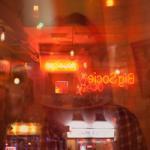
Bluetooth audio monitoring - Brilliant or stupid?
EthanAlexander reacted to j-oc for a topic
I've not done exactly this but I used a Bluetooth audio monitoring system in the context of a theatre show and to be honest it was a massive pain in the ass. It's fine when it works but being a consumer system there will be an occasion when it won't and it becomes an unnecessary source of aggravation. Cables are cheap, simple and idiot proof.1 point -

Best green screen material? Muslin/polyester
Jonesy Jones reacted to BTM_Pix for a topic
I know that we like to go for low cost solutions but in this case, because easy reliable chroma key is going to be so vital to what you are doing, I'm going to recommend you have a look at the Reflec system. It has been around for years (it was originally a BBC development) and has also been ridiculously overpriced for years but at the end of the day it does produce good, easy, reliable keying without you having to do anything elaborate lighting or setup wise, which is vital if you are working on your own or with a small team. You can set this up in a few minutes and if you had to then go somewhere else and set it up again and get exactly the same results. Basically, it is a piece of reflective material which fires the light from an LED ring that you mount around the lens straight back to the camera which gives you a pretty perfect key without having to worry about lighting the background and the bi-LED versions of the ring mean you can switch from green to blue background instantly. It is not absolutely perfect but it is a very easy solution to work with and it means the time and expense of lighting the backdrop can be better spent lighting you. There are a bunch of different versions of it to suit cameras from palmcorders up to broadcast ones and a lot of different sizes of the background material (including a pop-up round version like a reflector) but something like the Deskshoot Lite kit would be fine with a Panasonic GH camera. If you hunt around on eBay you can find kits for around £800 and even less. There are also a few knock off versions kicking around as the fabric itself is based on (for which you could read possibly identical) to one made by 3M for safety clothing. As I say, its not cheap but as what you are doing is solely based on chroma key then it might actually be worth putting money into this rather than say going big on a lens as for your application, my view at least, would be that your audience would spot the deficiencies in the keying long before the lens.1 point -
I'm not really "over" IBIS, I've just realized I don't "need" it. But I would love an LS300. Maybe after I sell a screenplay. I think the multi sized sensor and prime zoom of the LS300 are some of the best advancements in the past 5 years. If Panasonic thought of it, it would be the most praised tech on this site. Lol.1 point
-
I just don't understand why they haven't done a swappable version. The swap on an Epic between PL and Canon mounts takes a few minutes with an allen key and even with RED doing their macho bullshit styling and etching everything in BOLD CAPITALS on it can't get it to be over $700 (although inevitably they have also an operation-desert-storm-kevlar-titanium-and-granite version of it for a gazillion quid). The bottom line though is even doing a swappable version is all a bit of a wheel re-invention as having an MFT mount on it from the get go just gives you more options. They could've gone as far as bundling it with a Metabones smart EF Speedbooster and I think everyone would've been happy. It won't stop me buying one as I wasn't going to anyway so maybe they have listened to the right focus group from that perspective ! Now you're 'over' IBIS the future AF200 for you is the current LS3001 point
-
It's really not bad. All the shots here were AF. It's a really workable setup. About a workable as you will find when working with scope. Oh and all these shot are handheld.1 point
-
Cinelike-D and profiles tips and techniques wanted
Fritz Pierre reacted to DPC for a topic
www.leeminglutone.com/ Just follow Paul Leeming's advice.1 point -
I've had both lenses (currently have the 12-35 on my G85 and previously had the 12-40 on my EM1) and I can't tell any difference in IQ. They are both great. In reviews the 12-40 seems to have the edge at certain focal lengths but really there's not much it. I tried both lenses a week or so ago when I bought the G85 and the 12-35 just sits on the camera better as it's a bit smaller ... feels right so I opted to buy it over the 12-40. The 12-35 gives you dual IS as has been mentioned and works very nicely. No micro jitters at all. Probably not EM1ii stable (but nothing is) but very very stable indeed. Even the 35-100 @ 100 is super stable hand held for video using Dual IS. The 12-40 focuses closer and is probably more rugged, however I remember a few of those falling apart too The 12-35 is rugged enough and splash proof anyway. The extra 5mm doesn't really matter too much for me. Both great lenses but I'd go for the 12-35 is using it on a G85. Cheers.1 point


